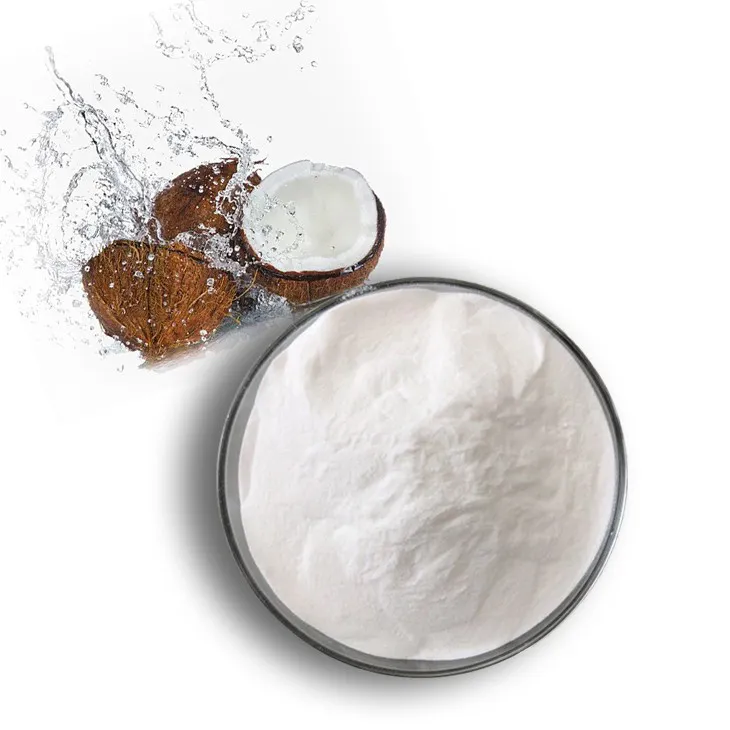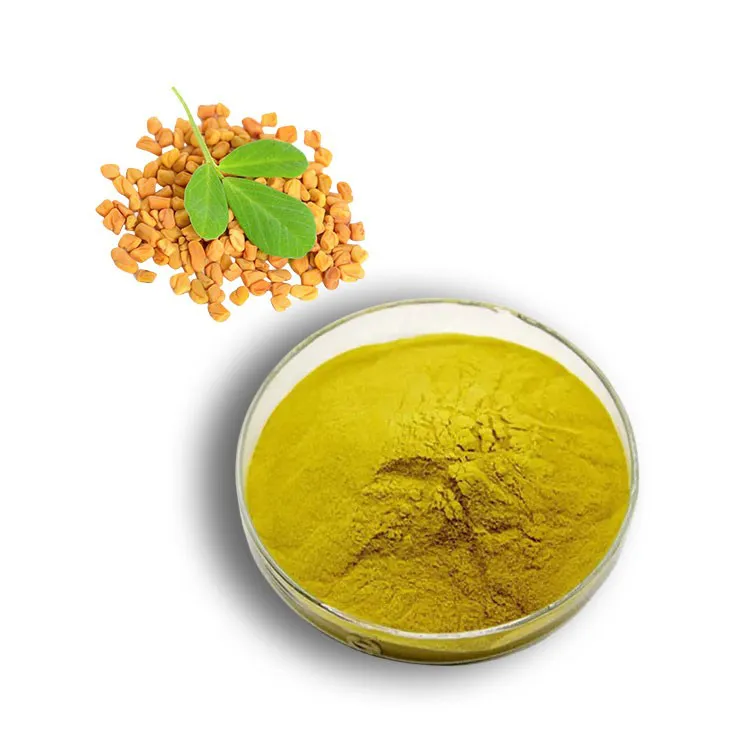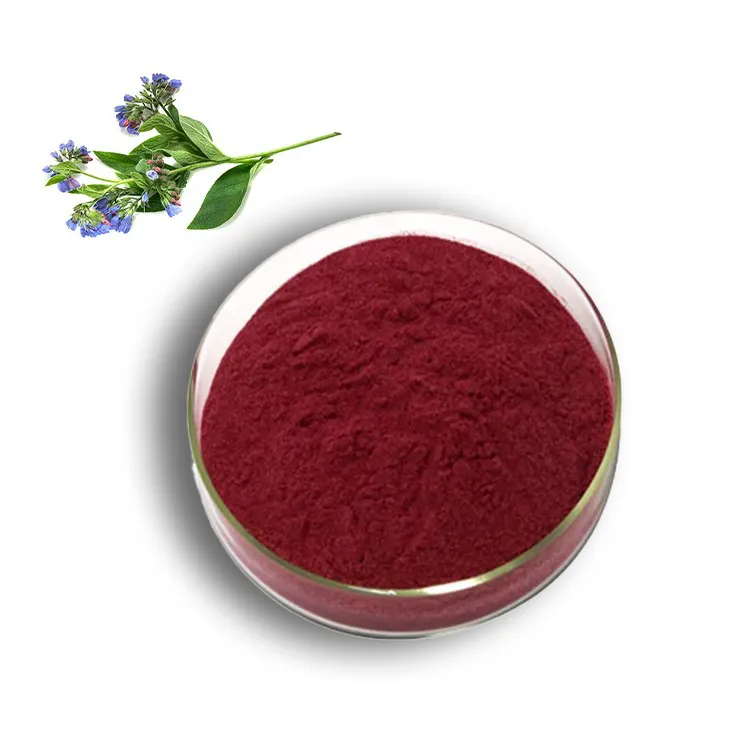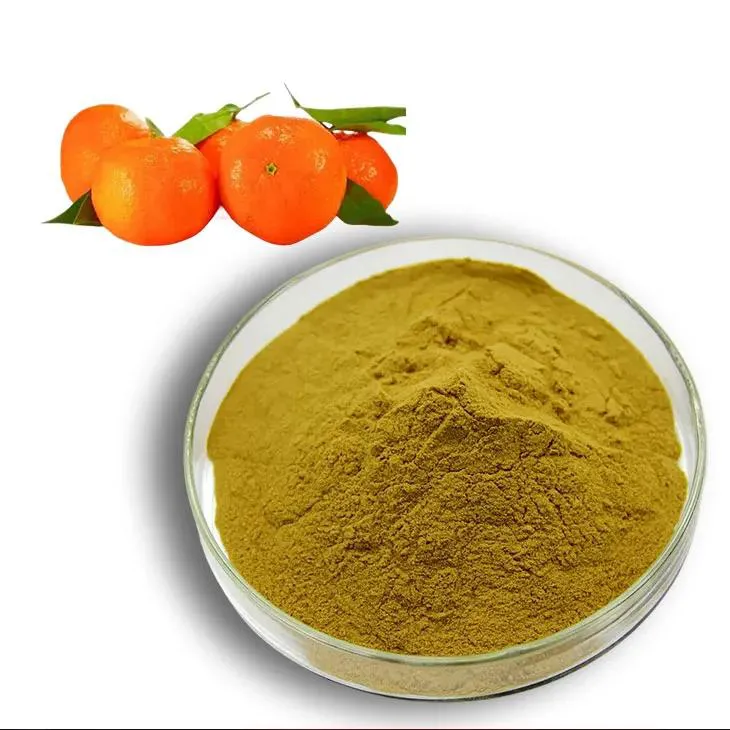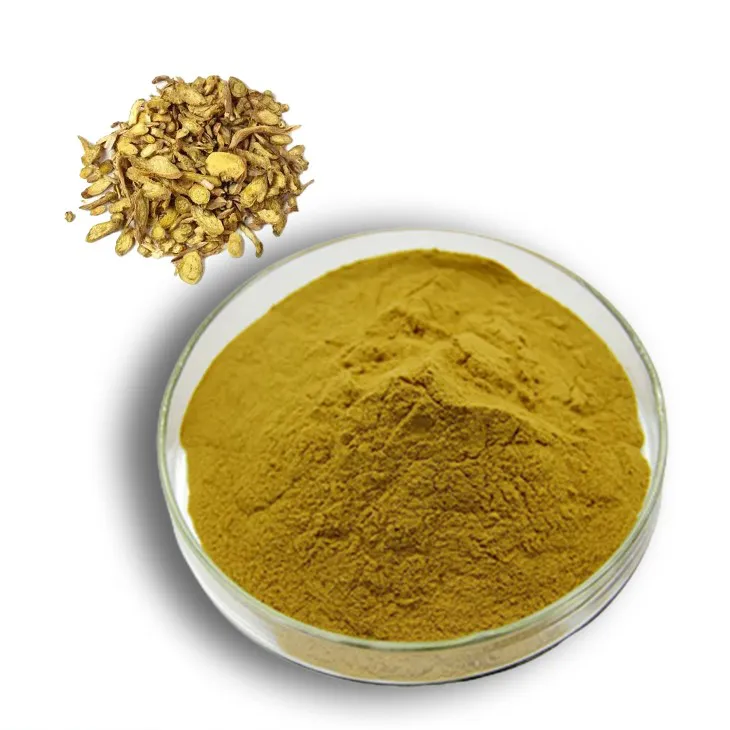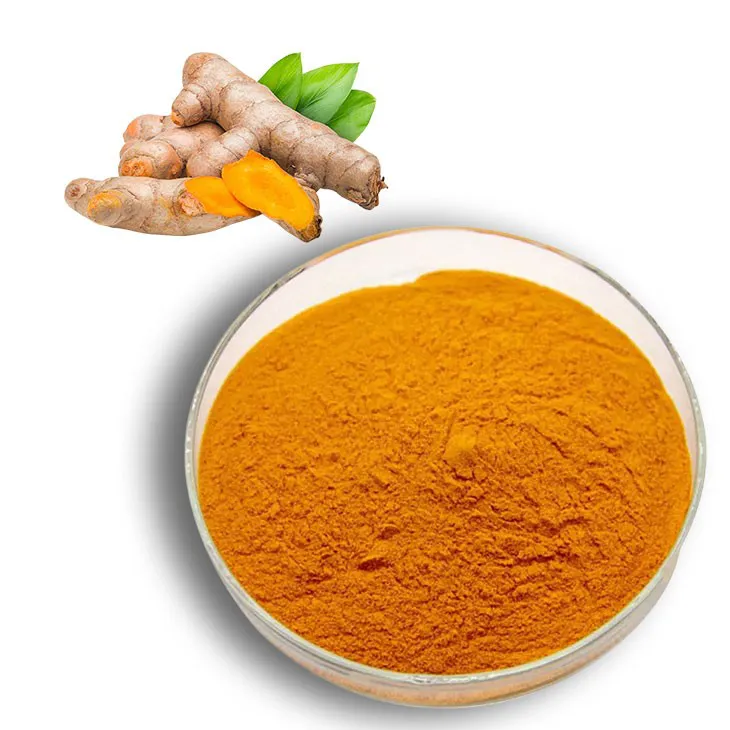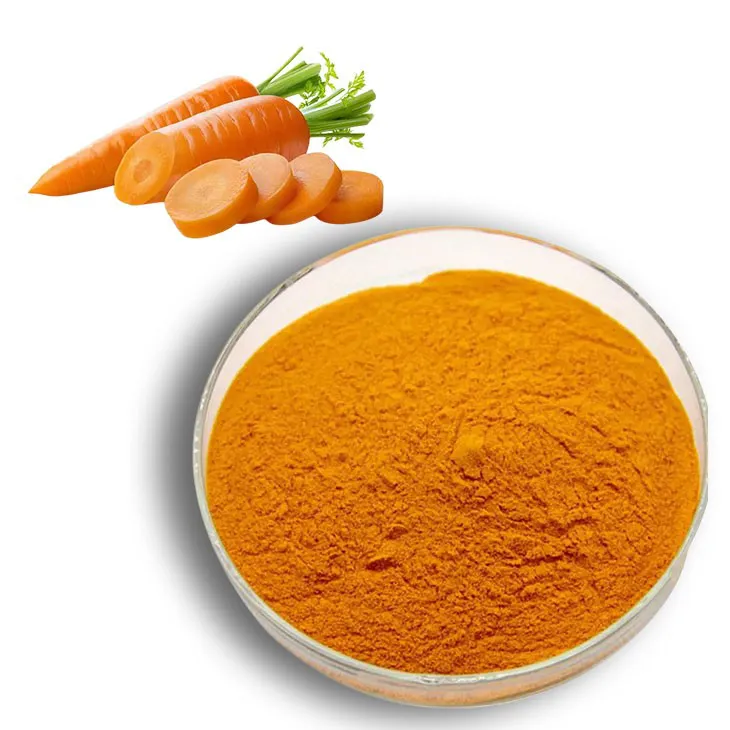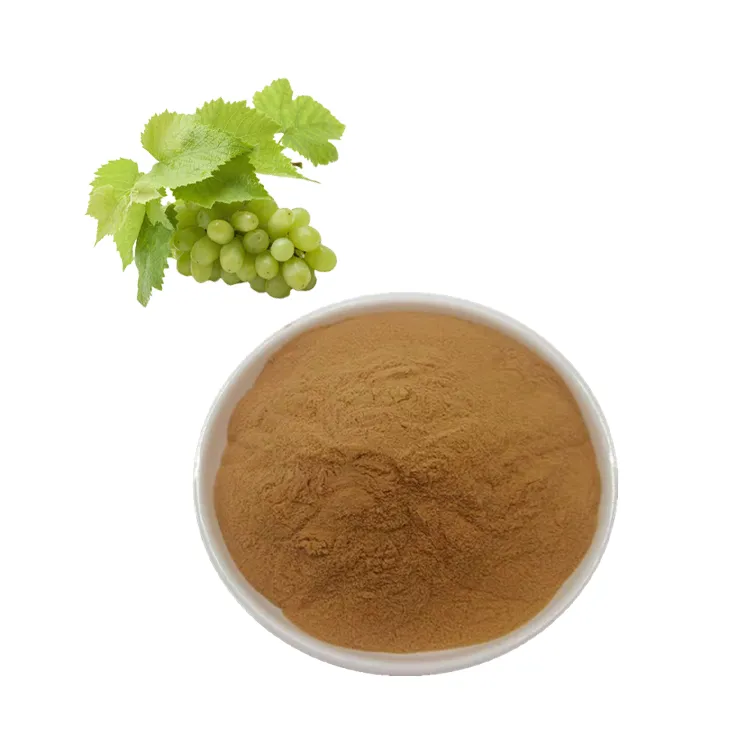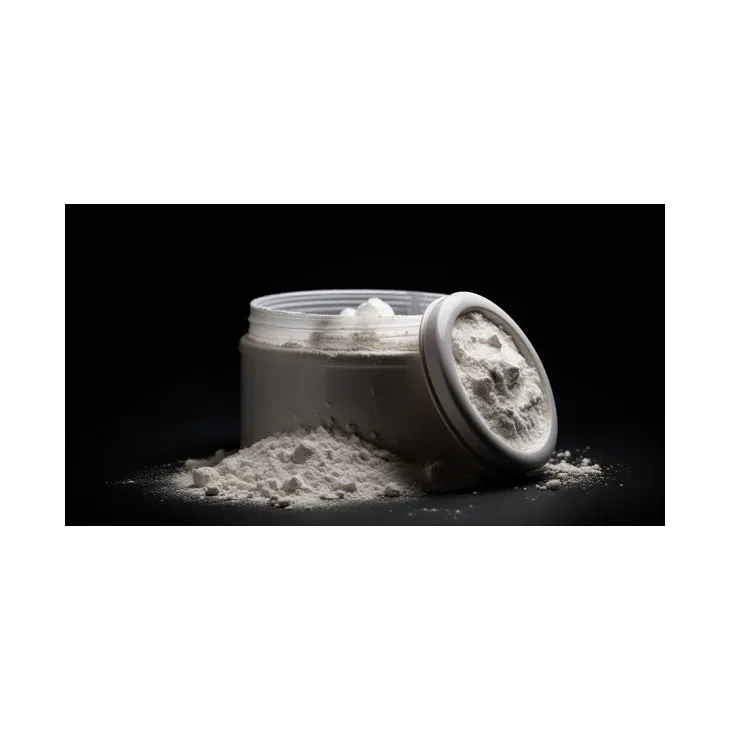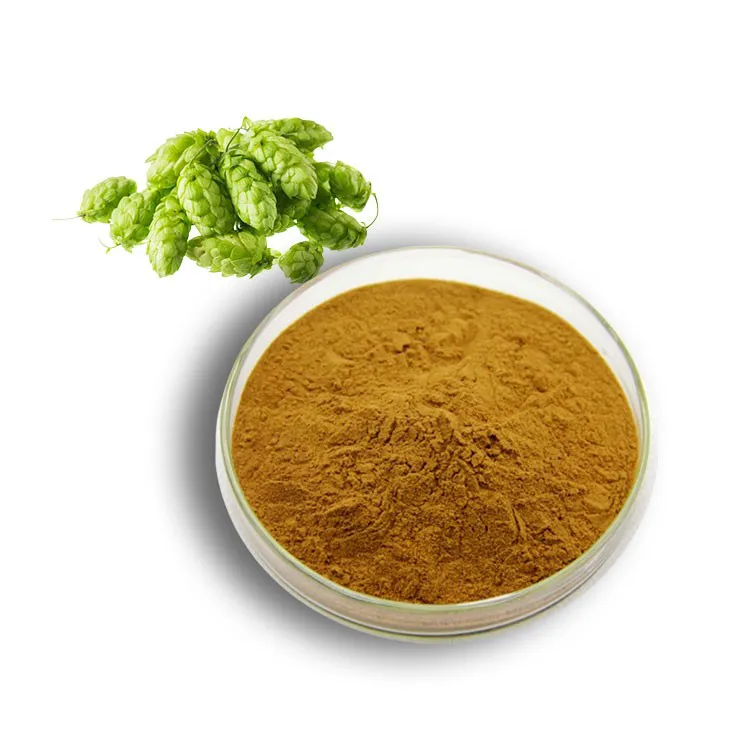- 0086-571-85302990
- sales@greenskybio.com
Exploring the Roots and Richness of Citrus Aurantium Extract
2024-07-03
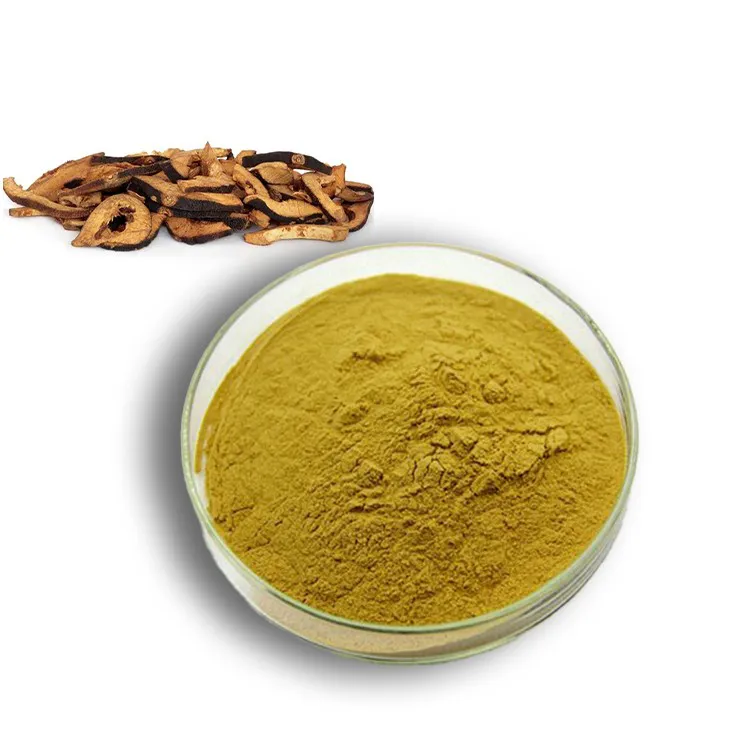
1. Introduction
Citrus Aurantium, commonly known as the bitter orange, has been a part of human history for centuries. The Citrus Aurantium Extract obtained from this plant is a treasure trove of bioactive compounds. It has not only been a staple in traditional medicine systems across the globe but is also emerging as a promising ingredient in modern applications. This extract is garnering significant attention in fields such as skincare, weight management, and aromatherapy.
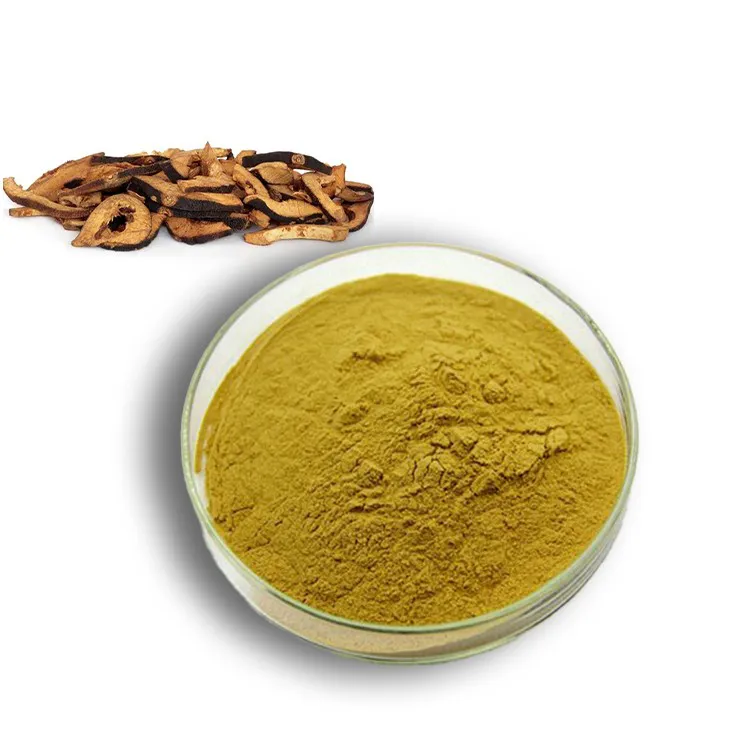
2. Origin of Citrus Aurantium
Citrus Aurantium is native to Southeast Asia. From there, it spread to other parts of the world, including the Mediterranean region. It is a small to medium - sized tree that thrives in warm and subtropical climates. The bitter orange has been cultivated for various purposes, mainly for its fruit, which has both culinary and medicinal uses. The Citrus Aurantium Extract is typically obtained from different parts of the plant, such as the peel, leaves, and flowers.
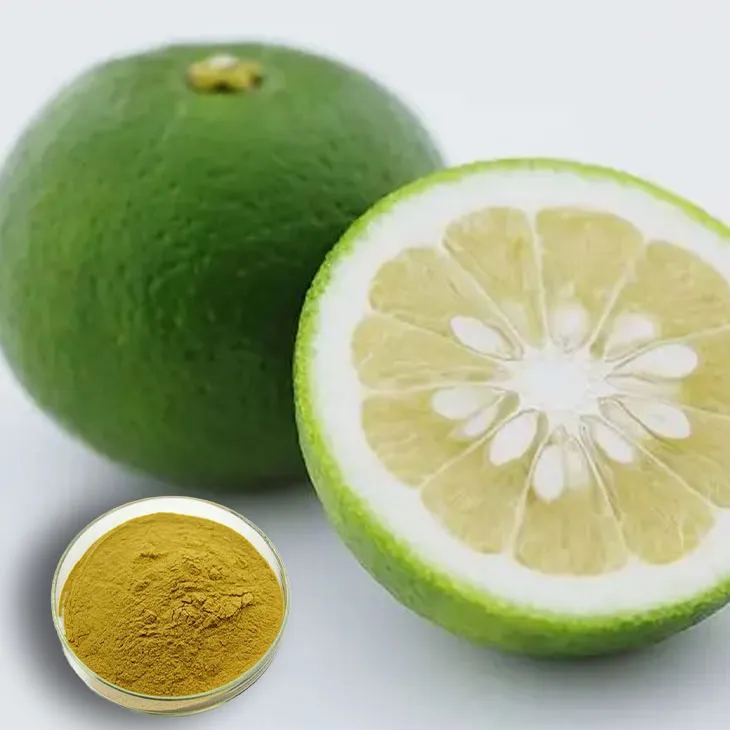
3. Chemical Composition
3.1 Flavonoids
Flavonoids are a major group of compounds present in Citrus Aurantium Extract. These include naringenin, Hesperidin, and neoHesperidin. Flavonoids are known for their antioxidant properties. They can scavenge free radicals in the body, which are associated with various diseases such as cancer, heart disease, and neurodegenerative disorders. Naringenin, for example, has been shown to have anti - inflammatory effects and may play a role in protecting the liver.
3.2 Alkaloids
Another important class of compounds in the extract are alkaloids. Synephrine is a well - known alkaloid in Citrus Aurantium. It is structurally similar to ephedrine and has been studied for its potential effects on metabolism. However, it should be noted that synephrine has also raised some concerns due to its potential impact on the cardiovascular system. Other alkaloids present in the extract may also contribute to its overall biological activity.
3.3 Volatile Oils
The volatile oils in Citrus Aurantium extract are responsible for its characteristic aroma. These oils contain compounds such as limonene, linalool, and geraniol. Limonene has been studied for its potential anti - cancer properties, as well as its role in promoting relaxation. Linalool is often used in aromatherapy for its calming and sedative effects. Geraniol also has antioxidant and antimicrobial properties, making the volatile oils an important part of the extract's overall functionality.
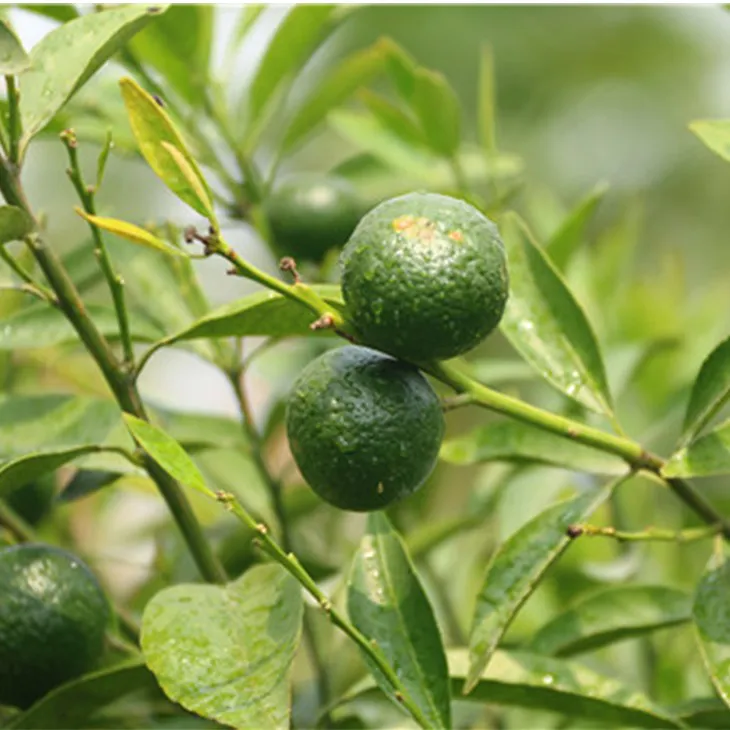
4. Traditional Medicinal Uses
Citrus Aurantium has a long history of use in traditional medicine. In traditional Chinese medicine, it has been used to treat digestive disorders, such as indigestion and constipation. The peel of the bitter orange was often dried and used in herbal formulations. In Ayurvedic medicine, it has been used for similar purposes, as well as for treating respiratory problems.
It was also used in some traditional European medicine systems. For example, it was used as a digestive tonic and as a remedy for certain skin conditions. The traditional uses of Citrus Aurantium were based on empirical knowledge, passed down through generations. However, modern research is now starting to uncover the scientific basis behind these traditional uses.
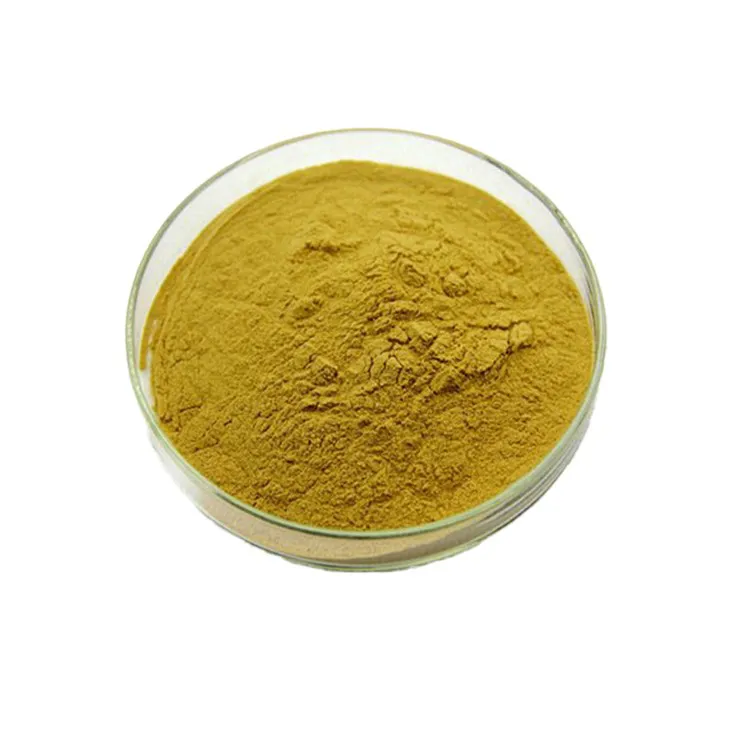
5. Modern Applications
5.1 Skincare
In the field of skincare, Citrus Aurantium extract offers several benefits. The antioxidant properties of its flavonoids can help protect the skin from damage caused by free radicals, which are a major cause of premature aging. The volatile oils in the extract can also have a soothing effect on the skin, making it suitable for use in products for sensitive skin. Additionally, some studies suggest that certain compounds in the extract may have anti - microbial properties, which can be useful in treating acne and other skin infections.
5.2 Weight Management
The alkaloid synephrine in Citrus Aurantium extract has been the focus of much research in the area of weight management. It is believed to increase metabolic rate, which may lead to increased calorie burning. However, the use of products containing synephrine for weight loss is controversial, as there are concerns about its safety, especially in relation to the cardiovascular system. Some studies have also suggested that the overall combination of bioactive compounds in the extract may have a more complex effect on body weight regulation, rather than just the action of synephrine alone.
5.3 Aromatherapy
In aromatherapy, the volatile oils of Citrus Aurantium are highly valued. The pleasant aroma of the oils, with their blend of limonene, linalool, and geraniol, can have a relaxing and mood - enhancing effect. Diffusing the essential oil of Citrus Aurantium can create a calming environment, helping to reduce stress and anxiety. It can also be used in massage oils, where the aroma can enhance the overall relaxation experience.
6. Safety and Precautions
While Citrus Aurantium extract has many potential benefits, it is important to be aware of safety issues. As mentioned earlier, the alkaloid synephrine has potential cardiovascular risks. People with pre - existing heart conditions, high blood pressure, or other cardiovascular problems should be cautious when using products containing Citrus Aurantium extract. Additionally, some people may be allergic to components of the extract, so patch testing is recommended before using it on the skin in skincare products.
It is also important to note that the extract should be obtained from reliable sources. Poor - quality extracts may contain contaminants or incorrect dosages of the bioactive compounds. Regulatory authorities in different countries have different regulations regarding the use of Citrus Aurantium extract in food, supplements, and cosmetics, so it is crucial to comply with these regulations.
7. Conclusion
In conclusion, Citrus Aurantium extract is a complex and fascinating natural product with a rich history and diverse range of potential applications. Its origin in Southeast Asia and spread around the world have led to its integration into various traditional medicine systems. The chemical composition, including flavonoids, alkaloids, and volatile oils, gives it a wide range of biological activities. While it shows promise in modern applications such as skincare, weight management, and aromatherapy, safety concerns must be carefully considered. As research continues to unfold, we can expect to gain a more in - depth understanding of this extract and its potential to contribute to human health and well - being.
FAQ:
What is Citrus Aurantium extract?
Citrus Aurantium extract is a substance derived from the bitter orange. It contains a variety of bioactive compounds and has a long - standing history of use.
What are the main bioactive compounds in Citrus Aurantium extract?
It is rich in compounds such as flavonoids, alkaloids etc. These bioactive compounds contribute to its various properties and potential applications.
How has Citrus Aurantium extract been used in traditional medicine?
For centuries, it has been used in traditional medicine for treating various ailments. However, the exact mechanisms and uses may vary depending on different traditional medicine systems.
What potential does Citrus Aurantium extract have in skincare?
It may have antioxidant properties which can help protect the skin from damage. It could also potentially contribute to skin health in other ways such as improving skin tone and texture, though more research is needed.
How is Citrus Aurantium extract related to weight management?
Some studies suggest that certain components in the extract may have an impact on metabolism, which could potentially be related to weight management. But it should be used with caution as it may also have side effects.
Related literature
- The Chemical Composition and Bioactivity of Citrus Aurantium Extract"
- "Traditional and Modern Applications of Citrus Aurantium"
- "Citrus Aurantium Extract in Skincare: A Review"
- ▶ Hesperidin
- ▶ citrus bioflavonoids
- ▶ plant extract
- ▶ lycopene
- ▶ Diosmin
- ▶ Grape seed extract
- ▶ Sea buckthorn Juice Powder
- ▶ Beetroot powder
- ▶ Hops Extract
- ▶ Artichoke Extract
- ▶ Reishi mushroom extract
- ▶ Astaxanthin
- ▶ Green Tea Extract
- ▶ Curcumin Extract
- ▶ Horse Chestnut Extract
- ▶ Other Problems
- ▶ Boswellia Serrata Extract
- ▶ Resveratrol Extract
- ▶ Marigold Extract
- ▶ Grape Leaf Extract
- ▶ blog3
- ▶ Aminolevulinic acid
- ▶ Cranberry Extract
- ▶ Red Yeast Rice
- ▶ Red Wine Extract
-
Coconut Water Powder
2024-07-03
-
Fenugreek Extract Powder
2024-07-03
-
Shikonin
2024-07-03
-
Citrus bioflavonoids
2024-07-03
-
Baicalin
2024-07-03
-
Curcuma Longa Extract/Turmeric extract
2024-07-03
-
Beta Carotene
2024-07-03
-
Grape Leaf Extract
2024-07-03
-
Aminolevulinic acid
2024-07-03
-
Hops Extract
2024-07-03











